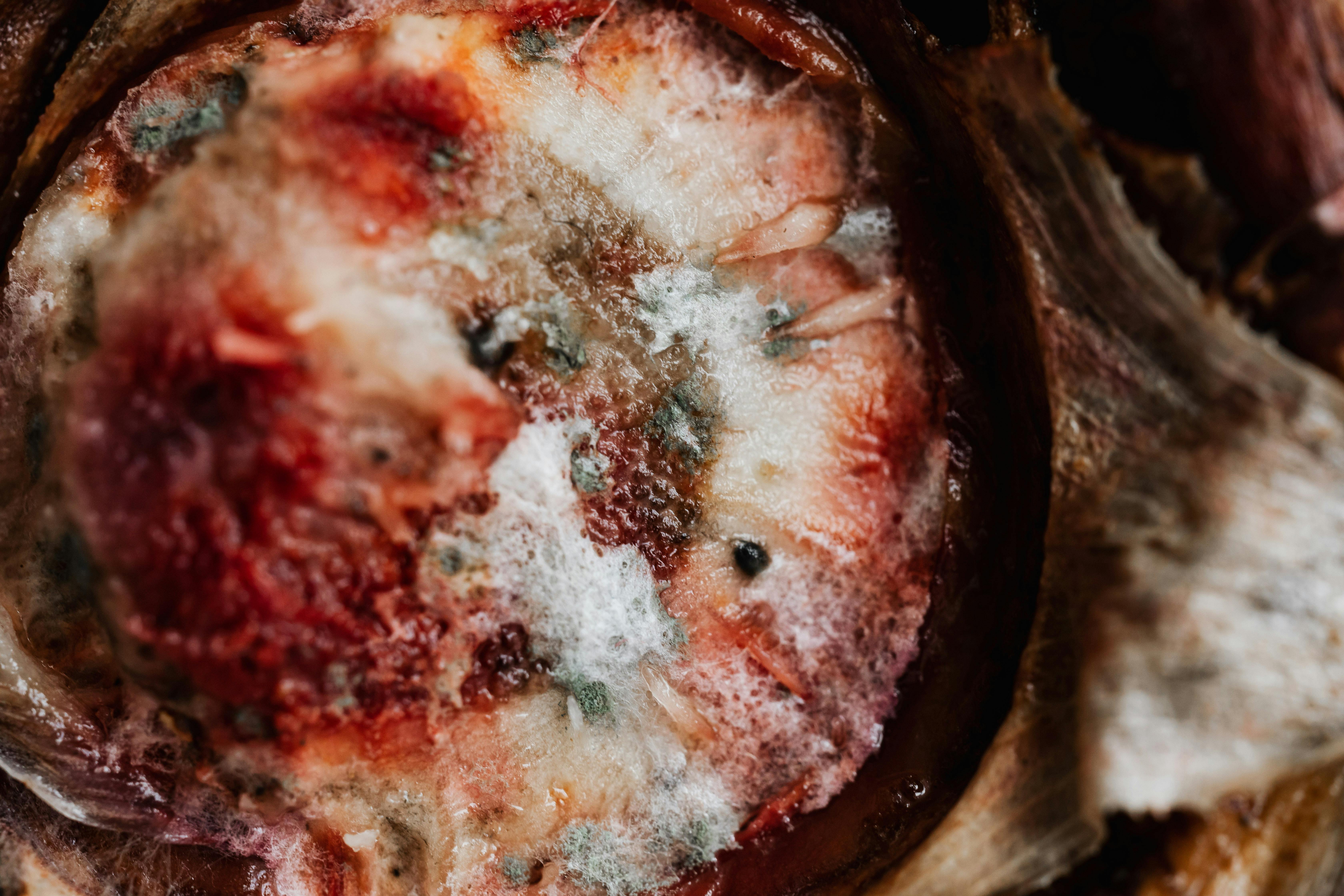
Winter Puppy Training: You Must Know The Facts About Puppy Training!
Training puppies in the winter is similar in puppy training technique to training puppies during times of the year when the weather is more favorable. We have housebroken and raised our pups during the harsh winters of Iowa. Our dogs not only did well, but they also love the winter weather, love the “frosty” fresh snow and can’t get enough of chasing snowflakes.
When it comes to training puppies in the winter, you have nothing to worry about, but you should pay attention to some important points.
First, Never leave your pup alone outside in winter weather. When you leave him outside to relieve himself, make sure you’re there with him until he’s ready to go inside.
Second, puppies are much more sensitive to cold weather and harsh weather conditions. You should never leave a puppy outside in cold weather for long periods of time. When training a puppy in the winter, it’s important to know that they are much more susceptible to hypothermia and frostbite.
Hypothermia is a condition of very little heat (low=insufficient or low and thermal=heat). The puppy’s body temperature drops too low to keep him warm. If you see your puppy start to shake, take him inside immediately and warm him up. A general rule of thumb is that if you’re cold, your pup will be too. Take it inside.
Frostbite is skin tissue damage due to cold. You will notice that the damaged skin turns pale or white. The most vulnerable areas will be the webbing between the toes, the ears, and possibly the tail area.
When housetraining your puppy, follow these basic guidelines and you won’t go wrong:
- start housebreaking a puppy around 8 weeks of age
- set a regular schedule
- take your pup outside when he looks like he wants to go
- take the puppy outdoors about every two hours
- always stay outside with your pup
Follow these tips, and both you and your dog will weather the cold weather well, and your dog will wear his new housetraining throughout the milder months of the year.